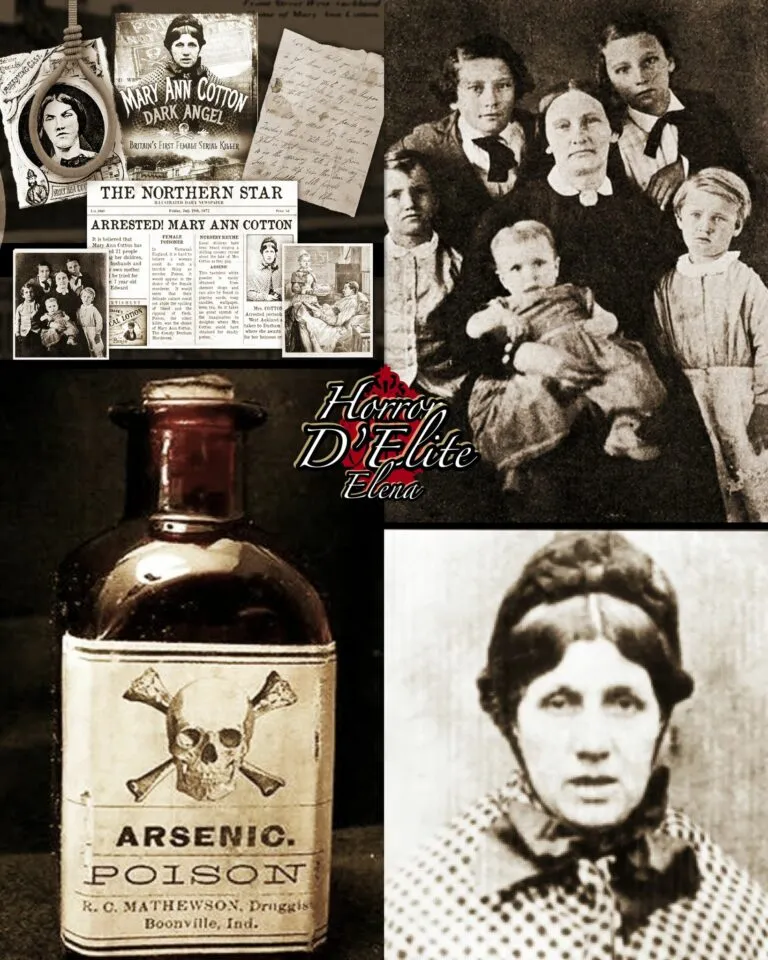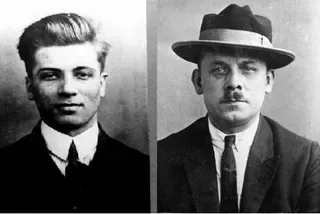Peter Stubbe, the ‘Serial Killer’ Werewolf of Bedburg
Peter Stubbe, also known as Peter Stumpp, is one of the most infamous figures in European folklore, tied to a series of crimes considered one of the most famous cases of lycanthropy in the 16th century. His story is a combination of reality, myth, and superstition, often cited as an example of the collective psychosis that characterized Europe during the era of witch hunts.
Life and Origins
Peter Stubbe was born in the village of Epprath, near Bedburg, in what is now Germany. Although information about his life before the crimes is scarce, it is known that he was a wealthy farmer, a family man, and apparently respectable. However, his life took a dark turn when he was accused of a series of brutal murders that terrorized the region.
Accusations of Lycanthropy
The accusations against Peter Stubbe were shocking: he was accused of being a werewolf, capable of transforming into a wolf thanks to a magic belt that, according to his confession, had been given to him by the devil himself. This belt supposedly allowed him to commit acts of extreme violence without being recognized as a man.
Stubbe’s crimes included the murders of women and children, acts of cannibalism, and the killing of domestic animals. Among his victims was also his son, whom Stubbe allegedly killed and ate. The brutality of the crimes and the supernatural nature of the accusations contributed to spreading terror among the local population.
Arrest and Trial
In 1589, after a long hunt, Stubbe was captured and subjected to torture to extract a confession. During the interrogation, he confessed not only to the crimes but also to practicing witchcraft and having relations with the devil for over 25 years. Stubbe’s confession, obtained under torture, strengthened the charges against him, although many historians believe it may have been unjustly coerced.
The trial against Peter Stubbe culminated in a particularly cruel death sentence. He was condemned to be broken on the wheel, a form of execution reserved for the worst criminals. His bones were broken with a mace, then he was beheaded, and his body was burned. His daughter and his mistress were also accused of complicity and were sentenced to death.
Cultural and Historical Impact
The story of Peter Stubbe became one of the most famous legends of lycanthropy, influencing popular culture for centuries. The case is often cited as an example of the paranoia and superstition that permeated Europe during the late Middle Ages and the Renaissance, a time when witch hunts and the fear of the supernatural were rampant.
Moreover, Stubbe’s case has been interpreted in various ways: as an example of summary justice, mass psychosis, and as a reflection of the deep religious and social fears of the time. The story has continued to be told and reinterpreted, appearing in various forms of literature, cinema, and folklore.
Conclusion
Peter Stubbe remains an emblematic figure of lycanthropy in European history. His story is a powerful reminder of how the combination of superstition, fear, and medieval justice could lead to tragic and unjust outcomes. Even though many of the details of his life and crimes are likely exaggerated or false, the legend of Stubbe continues to live on, fueling the collective imagination and werewolf stories to this day.
 Subscribe to our YouTube channel
Subscribe to our YouTube channel






